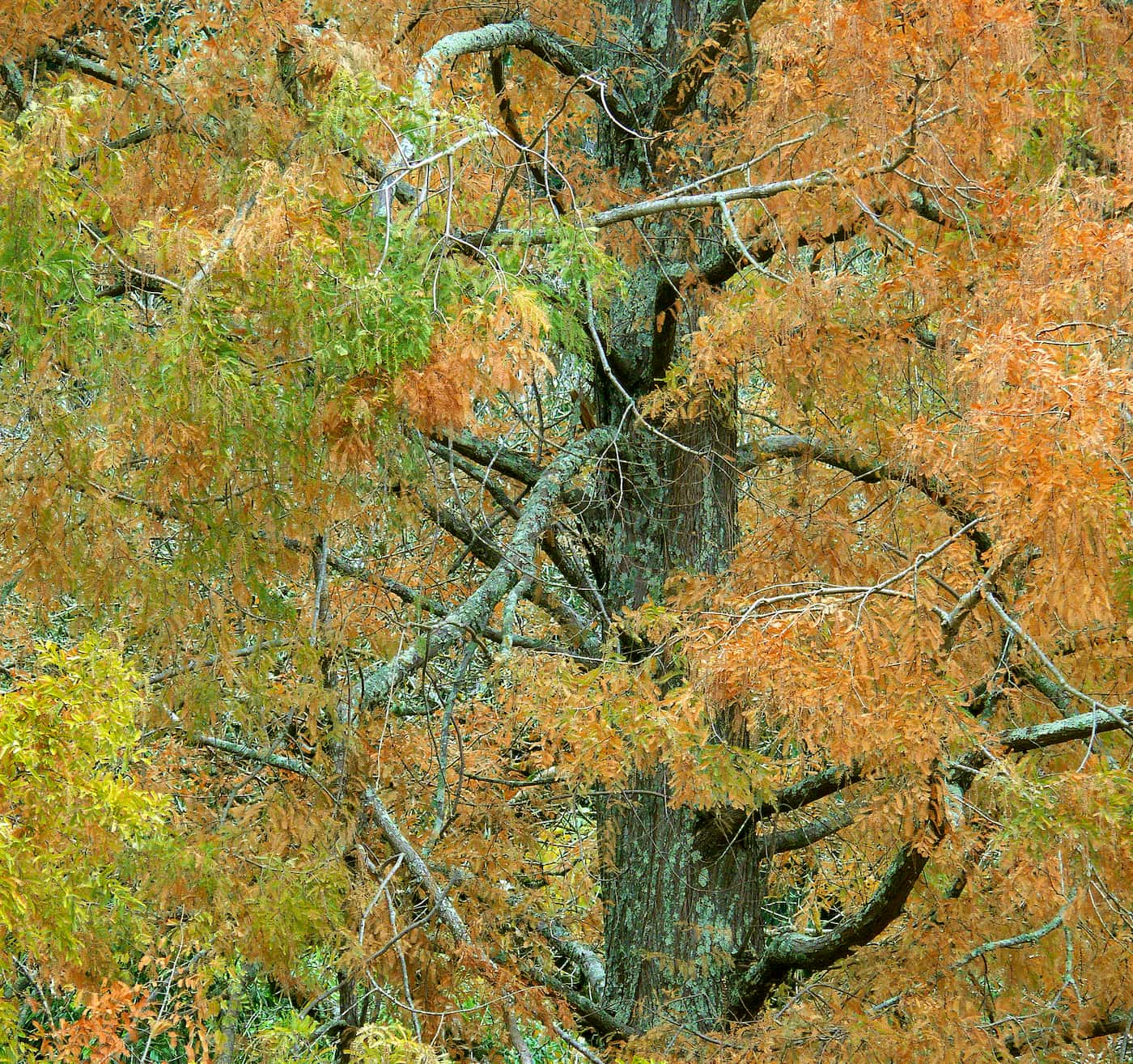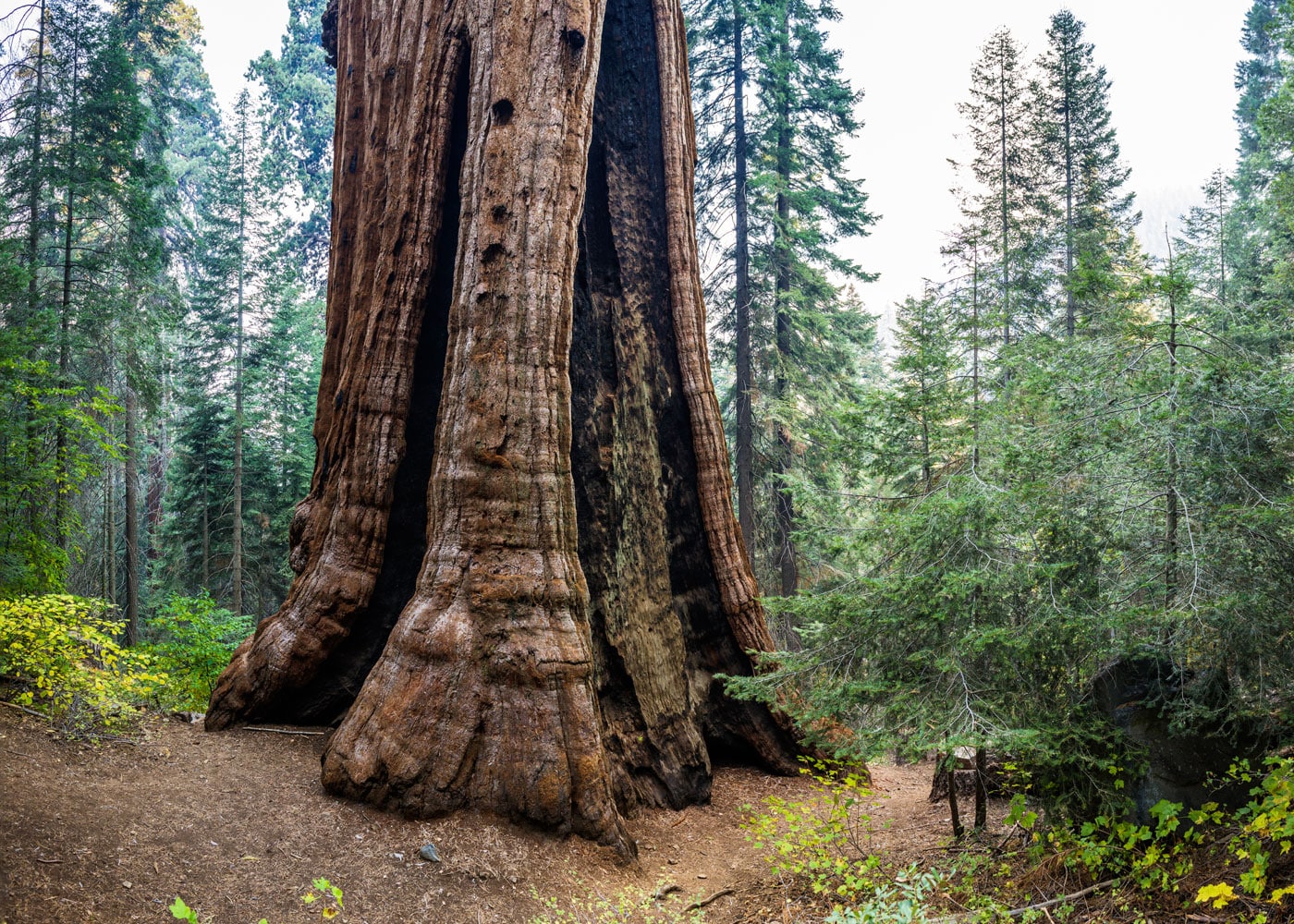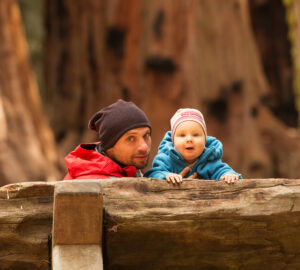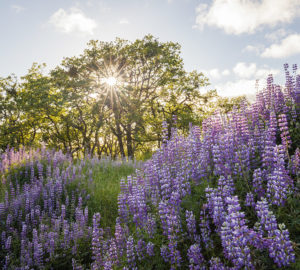Did you know these redwood forest facts?
Help connect kids to redwoods from afar by teaching them fun redwood forest facts – starting with these 10 neat facts you may not know about the redwoods.

- The coast redwood genome is the second largest ever sequenced and is nearly nine times larger than the human genome. The giant sequoia genome is 2.6 times larger than the human genome.
- New coast redwoods can grow from seeds or sprout from stumps.
- It’s a misconception that fire is always a bad thing for forests. In fact, giant sequoia need fire to reproduce. Fire releases most seeds from giant sequoia cones, exposes bare mineral soil in which seedlings can take root, recycles nutrients into the soil, and creates gaps in the forest canopy through which sunlight can reach young seedlings.
- We often talk about there being two species of redwoods, the coast redwood and the giant sequoia. But there is actually a third, the dawn redwood. It is native to the Sichuan-Hubei region of south-central China.
- Redwoods often have cavities or tunnels in their trunks. These are called basal hollows, and they form when hot fires get through to the interior heartwood of the tree. Subsequent fires and pathogenic agents cause the core of the tree to decay and a hollow to form. The trees can survive these injuries and continue to grow. These hollows are also sometimes called goosepens. Bats like these places.
- Forests move — sometimes very slowly, but sometimes kinda fast. Over thousands of years, a forest can slowly migrate over land if favorable environmental conditions encourage the forest to spread into new areas. But during a heavy rain, trees, rocks and other material on a mountain slope can lose their grip and slide down. A lot of times, these slides will knock a tree over and kill it, but sometimes it survives to live in a different spot.
- If you carve your name in the trunk of a young redwood tree (DON’T EVER DO THIS!) and then come back in 30 years, your name will be right where it was, even if the tree has grown substantially. First of all, 30 years is barely even a blink of an eye in the life of a redwood, so there’s that. But the other reason is that redwoods (and most trees, for that matter) grow upward from the top. At ground level, they really just grow outward, meaning that your carving will stay pretty much where it is (Again, don’t!). Actually, if you wait long enough, your carving (Seriously, nope!) will be gone because the oldest bark flakes off and eventually the scar caused by the carving would be healed.

- There’s a whole different world up in the canopy of old-growth redwoods, a complex community of animals, plants, and lichens that doesn’t exist on the ground. There is even soil that forms from decomposing plant matter, from which plants grow. The wandering salamander lives its entire life in a single tree up there.
- Redwoods and salmon are connected — in fact, they depend on one another. Redwoods help provide the cool, clear streams that salmon need, slowing erosion that would otherwise cause sediment to suffocate the fish eggs in the gravel. The great trees also shade the water, keeping them cool, and redwoods fall into streams, creating calm, deep pools where fish take refuge from predators and fast currents. In turn, salmon supply redwoods and other plants with nutrients from their bodies after they spawn and die in their native streams. Virtually all redwood forests have (or once had) streams in which salmon run and spawn.
- Of all the great coast redwoods in the Oakland hills, exactly one is an old-growth tree. It’s called Old Survivor, and it is believed that its position on the side of steep hill was enough to spare it from the axe. There’s a cool movie about it.









4 Responses to “10 nerdy cool things about redwoods”
Mary underwood
I believe the missing redwoods are the cause of climate change . Every 10 feet up from earth the temperatures change. Walk up between two mountain or just two hills full of trees there’s cool breeze’s and cold waters under three leaves. Love to read the book
Fred M. Cain
When it comes to facts on the redwoods, whether they be “nerdy”, obscure or mainstream, I would strongly like to recommend the book “Redwoods; the World’s Largest Trees” by Jeremy Hewes, Rand McNally, 1981.
By pure chance, I stumbled over this book while browsing in a book store during a trip to California some 30 years ago.
For anyone with an interest in redwoods, there’s just about as much information contained in this book as anybody would need. Although, as a scientific publication, it might not be “peer reviewed” but most of the material is accurate enough to be useful to the typical redwood fan.
There is detailed information on the characteristics of the three types of redwoods (coastal redwoods, giant Sequoias and dawn redwoods) and where they grow.
A fascinating history is provided that relates how redwoods were first discovered and their evolving fame through the years.
One chapter tells about the various uses for redwood lumber. Another describes the abuses that have occurred. There is also a chapter on Native Americans and their interactions with redwoods.
One chapter I found most interesting relates how redwoods have been cultivated throughout the world outside their native ranges.
As a die-hard redwood fan myself, I have been most pleased to have this book as a part of my home library. It’s a fun read and is also full of beautiful black-and-white and color photographs.
The text is excellent, easy to read and yet the publication also makes for a good “coffee table” book.
There is a little bit of material contained in the book that does sound just a bit dated. The expansion of the Redwood National Park was described as just only recently happening. Also, there is really no discussion on “climate change” and how it may affect the redwoods since there really wasn’t so much concern about that 40 years ago.
However, probably 95% or better of the material contained in the book is as relevant today as it was in the early 1980s.
I strongly recommend it for those who do not have it. It is probably out of print but is nevertheless still for sale on Amazon.
Harry Johnson
Having earned a BS in zoology in CA I knew some of the “nerdy facts” but was fun to learn more. Our family has spent many weekends and vacations camping in redwoods and giant sequoias. Thanks!
Sarah Gallahar
I have learned several facts from this information.